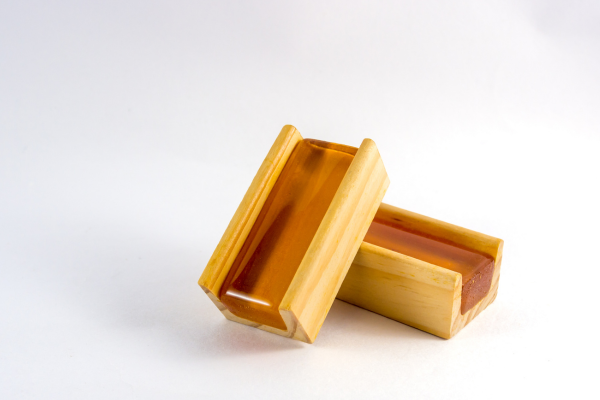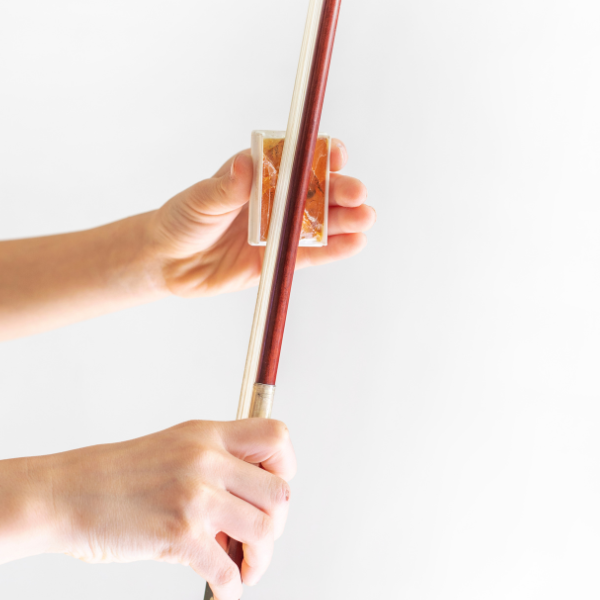Applying Rosin To Your Bow: A Helpful Guide

What is Rosin?
Rosin is a solid, sticky substance derived from the resin of pine trees or other coniferous trees. It is widely used by those who play the violin, viola, cello, and double bass, to enhance the friction between the bow hair and the strings. This increased friction produces sound when the bow is drawn across the strings, making it an essential accessory for string players.
There are various types of rosin available, each with slightly different characteristics. The choice of rosin can depend on the instrument, playing style, and personal preference. Common types include light rosin, dark rosin, and specific formulations for different climates or playing conditions.
All WA Music Co. hire string instruments and student instruments come with a free mini rosin. We also stock a wide range of rosins from a number of reputable string accessories brands.
Applying Rosin
Hold the bow in your left hand with the frog (the part of the bow with the screw) facing up. The hair of the bow should be facing up also, and the wooden stick of the rosin should be pointing down.
It is important to make sure that the bow hair is taut and under tension.
Take the rosin in your right hand. Hold the bow at a slight angle with the hair facing downward. Gently stroke the rosin along the entire length of the bow hair, starting from the frog and moving up towards the tip.
Apply even pressure, and make sure the rosin covers the entire width of the bow hair. You may need to repeat this process several times to ensure that the bow hair is adequately coated with rosin.

How Much Rosin Do I Need?
There are several ways to test to see if you have rubbed enough rosin onto your bow.
Carefully draw the bow across your finger or the back of your hand. If a faint, white line of residue appears, you have sufficiently coated the hair of the bow with rosin.
You can also test the bow on the strings of your instrument. test the bow by drawing it across the strings. You should hear a clear, even sound. If the sound is too weak or scratchy, you may need to apply more rosin.
Finding the right amount of rosin for your playing style and instrument can be a matter of personal preference. Some players prefer a lighter rosin application for a smoother sound, while others prefer more rosin for a more aggressive sound.
Too Much Rosin? Cleaning and Maintenance
Occasionally, you may need to clean the bow hair to remove excess rosin buildup. You can do this by gently wiping the bow hair with a clean cloth or using a specialized bow hair cleaner.
You may also notice a build-up of rosin residue on the strings and on the varnish of your instrument. After each and every practice session, get into the habit of wiping down your entire instrument – including the strings. If rosin builds up on your instrument or strings, it can dampen your sound and affect the varnish. When it comes to strings, it will lessen their projection and lifespan. Using a soft, dry and clean microfibre cloth, gently wipe off any rosin dust from the fingerboard, strings, body, back and sides of your instrument.
If the rosin has been ‘baked onto’ the varnish and is not able to be removed by a soft, microfibre cloth, you may require a varnish polish to remove any stubborn residue.
If you need any assistance cleaning rosin residue off your bow and instrument body, you are more than welcome to visit us at WA Music Co, at Shop 1/3, Morris Place, Innaloo WA 6018.
